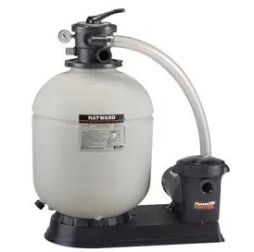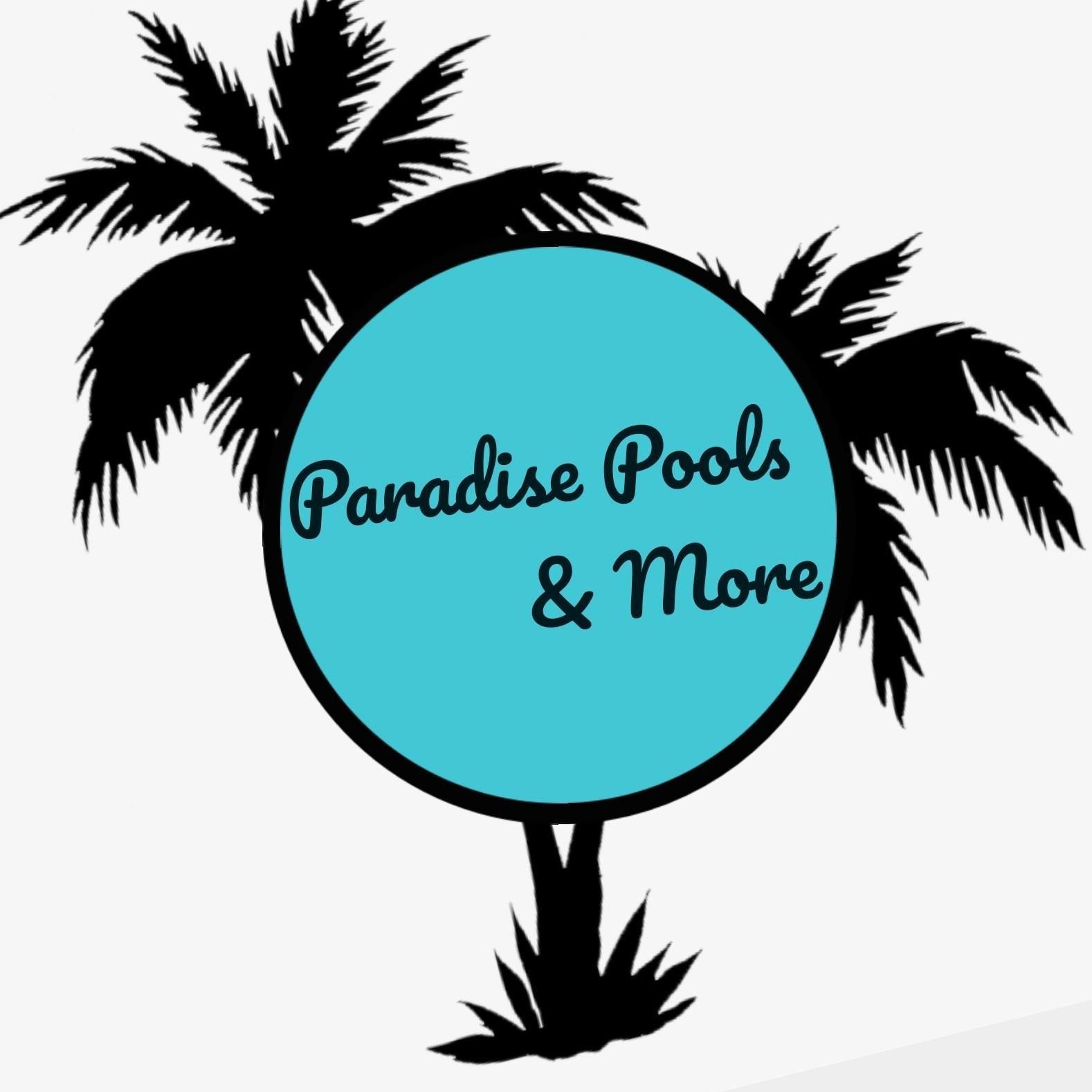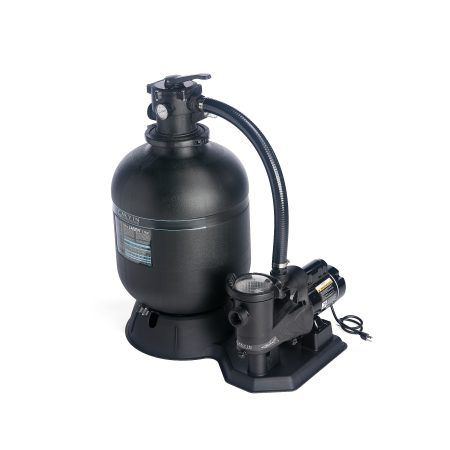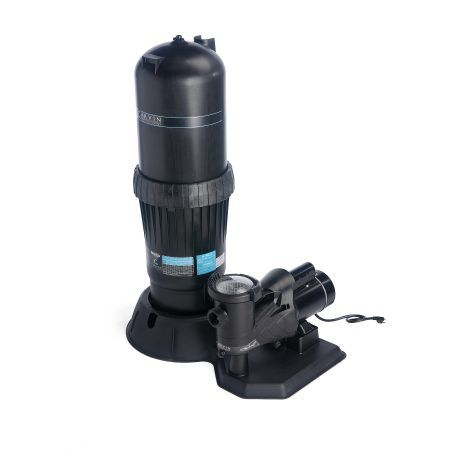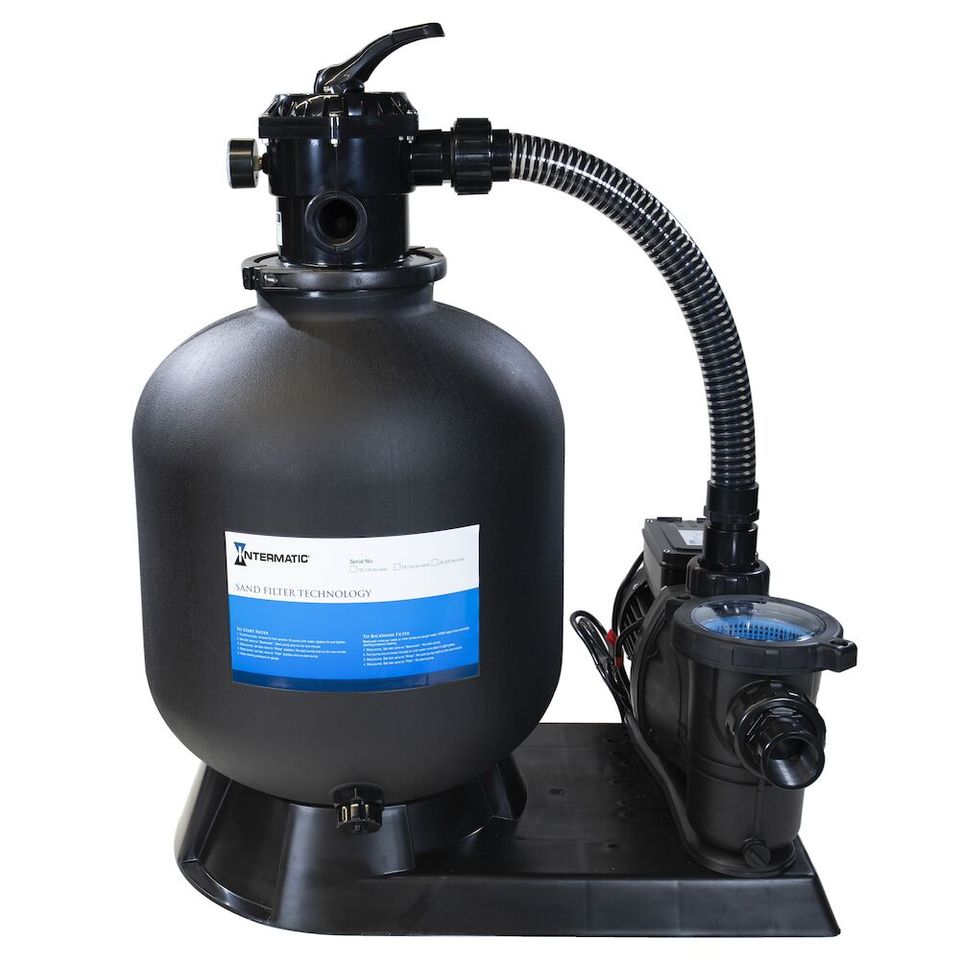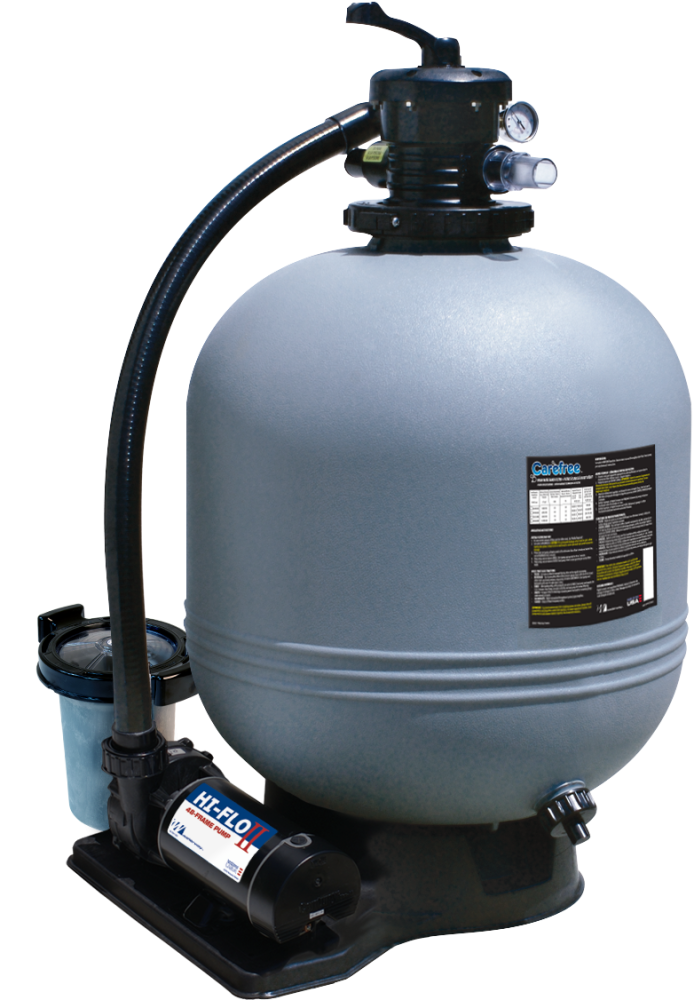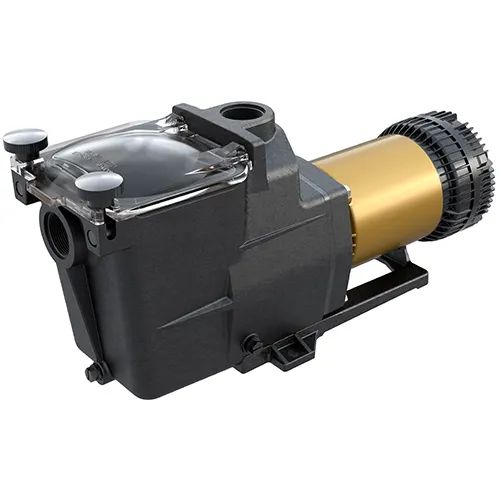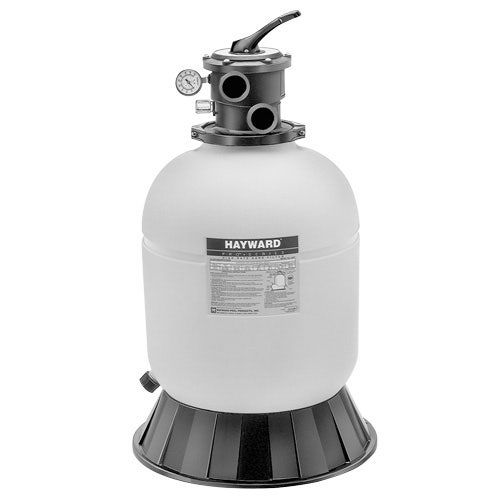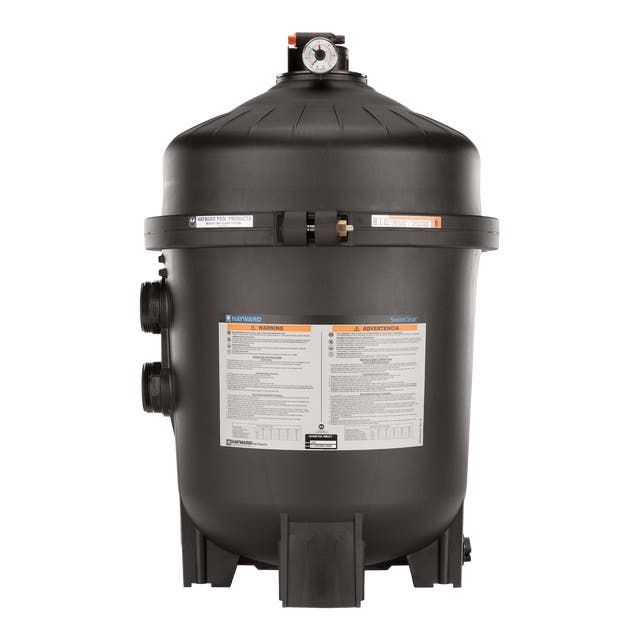Aboveground vs. Inground Filtration Systems for Aboveground Pools
The difference between an
above-ground filtration system and an
in-ground filtration system mainly comes down to their design, installation, and capacity:
1. Installation & Design
-
Above-Ground Filtration System: Designed for above-ground pools, these systems are typically smaller and easier to install. They are usually mounted on the pool's exterior and require less plumbing work.
-
In-Ground Filtration System: Designed for in-ground pools, these systems are larger, more powerful, and often integrated into underground plumbing. They require professional installation and more extensive piping.
2. Filtration Capacity & Performance
-
Above-Ground: Generally has a lower flow rate and is best suited for smaller pools.
-
In-Ground: Designed for higher flow rates, making it more efficient for larger pools with greater water volume.
3. Types of Filters
Both systems can use similar types of filters, including:
-
Sand Filters (Common for both but larger for in-ground)
-
Cartridge Filters (More common for above-ground pools)
-
Diatomaceous Earth (DE) Filters (Mostly for in-ground pools)
4. Durability & Cost
-
Above-Ground: More affordable but may not last as long due to lighter construction.
-
In-Ground: More expensive upfront but more durable and effective for long-term use.
If your above-ground pool is installed 24 inches below ground and the filtration system is over 20 feet away, you should consider using an
in-ground filtration system rather than a standard above-ground setup. Here’s why:
1. Distance from Pool (20+ Feet)
-
Above-Ground Systems: Typically designed for close proximity to the pool and struggle with long plumbing runs. The pump may not have enough power to efficiently circulate water over a 15+ foot distance.
-
In-Ground Systems: Designed for longer plumbing runs and can handle higher resistance due to their more powerful pumps.
2. Partially Buried Pool (24” Down)
-
Above-Ground Pumps: Usually designed to be at or slightly below water level, but not for pools set significantly below ground. If your pump is placed much higher than the pool water level, it may struggle with priming.
-
In-Ground Pumps: Self-priming and built to pull water from a lower level, making them ideal for your setup.
3. Efficiency & Longevity
-
Above-Ground Equipment: May work but will likely experience increased strain, leading to reduced efficiency and a shorter lifespan.
-
In-Ground Equipment: More durable and built to handle greater resistance from longer plumbing runs.
Recommendation
- If your filtration system is over 20 feet away and your pool is partially buried, an in-ground pump and filtration system would be the better choice.
- If you must use an above-ground system, ensure the pump is at or below water level and consider using larger plumbing (1.5" or 2") to reduce strain.
